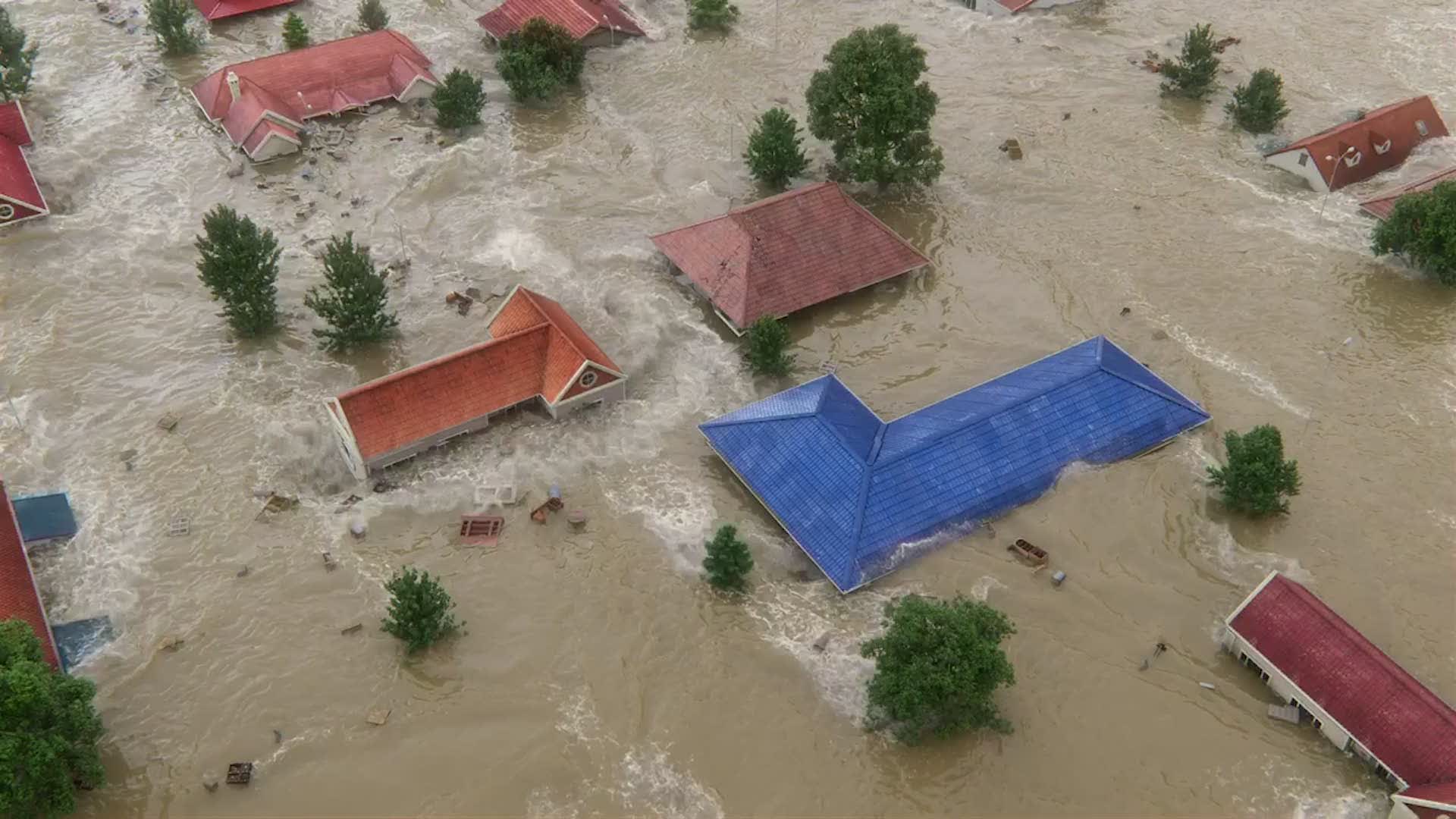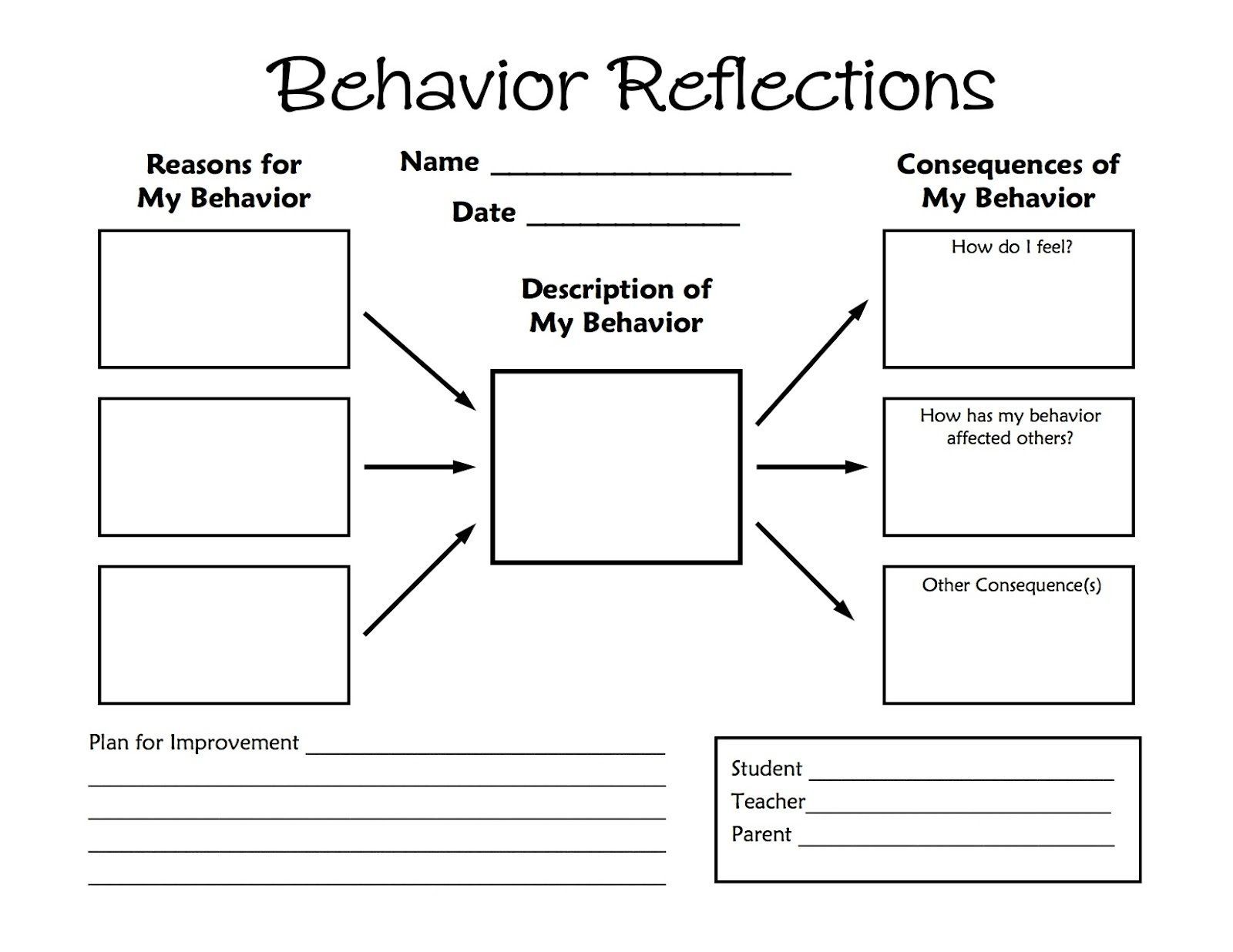Flash Flood Emergency: What To Know And How To Stay Safe

Table of Contents
Understanding Flash Flood Risks
What are Flash Floods?
Flash floods are a sudden and dangerous form of flooding characterized by a rapid rise in water levels, typically within six hours or less. They're often caused by intense, heavy rainfall over a short period, impacting even areas not usually prone to sudden flooding. The rapidly rising water can overwhelm drainage systems, causing devastating consequences. The dangers extend beyond simple inundation; flash floods can carry debris, including cars, trees, and even building materials, creating a lethal hazard.
Identifying Flash Flood Prone Areas
Geographical factors significantly influence flash flood risk. Floodplains, low-lying areas adjacent to rivers and streams, are inherently vulnerable. Areas with poor drainage, steep slopes, and dry riverbeds are also at high risk. Upstream areas are particularly susceptible as water rushes downhill, accumulating rapidly.
- High-risk areas: Mountains and canyons, areas with little vegetation, urban areas with inadequate drainage systems.
- Warning signs: Rapidly rising water levels, overflowing streams or rivers, heavy rainfall, and changes in water color or sound.
Monitoring Weather Conditions
Staying informed about the weather is critical. Regularly check weather forecasts and warnings issued by the National Weather Service or equivalent agencies. Use reliable sources such as weather apps and government websites equipped with weather radar to track severe weather alerts, flood watches, and flood warnings. Immediate action is vital upon receiving these warnings.
- Reliable sources: NOAA Weather Radio, The Weather Channel app, AccuWeather, and your local news channels.
Preparing for a Flash Flood Emergency
Developing an Emergency Plan
A comprehensive family communication plan is essential. This involves establishing evacuation routes, identifying emergency contact list members, and designating safe meeting points outside the flood zone. Regularly practice the plan to ensure everyone knows what to do.
- Emergency kit essentials:
- Water (at least one gallon per person per day)
- Non-perishable food (enough for several days)
- First-aid kit
- Flashlight and extra batteries
- Battery-powered or hand-crank radio
- Medications
- Important documents (stored in waterproof bags)
Protecting Your Property
Flood proofing your home can significantly reduce damage. Move valuable items to higher ground. Consider installing flood barriers or sandbags around your property's perimeter. Clean gutters and downspouts to ensure efficient water drainage.
- Property protection tips:
- Elevate electrical appliances and heating/cooling systems.
- Seal cracks in walls and foundations.
- Install check valves in sewer lines.
Responding to a Flash Flood Emergency
Evacuation Procedures
If an evacuation order is issued, heed it promptly. Evacuate immediately using your pre-planned evacuation routes. Do not attempt to drive through flooded areas; the depth of water can be deceptive and currents incredibly strong.
- Safe evacuation steps:
- Gather your emergency kit.
- Turn off utilities (if time permits).
- Secure your home as best you can.
- Follow designated evacuation routes.
- Proceed to a designated shelter or a safe location outside the flood zone.
Staying Safe During a Flash Flood
If caught in a flash flood, immediately seek higher ground. Avoid walking or driving through flooded areas; even shallow water can sweep you off your feet. If your car stalls, abandon it immediately and move to higher ground. Never attempt to drive through flowing water.
- Actions to avoid:
- Do not drive through flooded areas.
- Do not walk near floodwaters.
- Do not try to rescue anyone from floodwaters (call emergency services).
Post-Flood Safety
After the floodwaters recede, carefully assess your property for structural damage. Avoid contact with floodwaters, as they can be contaminated with sewage and dangerous debris, carrying risk of waterborne diseases. Report any damage to your insurance company and local authorities.
- Post-flood cleanup steps:
- Wear protective clothing and gloves when cleaning up.
- Use caution when entering damaged structures.
- Dispose of contaminated materials properly.
Conclusion
Flash flood emergencies demand preparedness and swift action. Understanding the risks, developing a comprehensive flash flood preparedness plan, and knowing how to respond are crucial for ensuring flash flood safety. By following these guidelines, you significantly minimize your risk during a flash flood emergency. Take action today. Develop a comprehensive flash flood emergency plan, and stay informed about weather conditions to ensure the safety of you and your family.

Featured Posts
-
 Draper Claims First Atp Masters 1000 Title At Indian Wells
May 25, 2025
Draper Claims First Atp Masters 1000 Title At Indian Wells
May 25, 2025 -
 Naomi Kempbell 55 Rokiv Foto Z Modnikh Pokaziv Ta Biznes Uspikh
May 25, 2025
Naomi Kempbell 55 Rokiv Foto Z Modnikh Pokaziv Ta Biznes Uspikh
May 25, 2025 -
 Evrovidenie Sudba Pobediteley Za Poslednee Desyatiletie
May 25, 2025
Evrovidenie Sudba Pobediteley Za Poslednee Desyatiletie
May 25, 2025 -
 Delayed Promotions Accenture To Upgrade 50 000 Staff Members
May 25, 2025
Delayed Promotions Accenture To Upgrade 50 000 Staff Members
May 25, 2025 -
 Punished For Seeking Change Understanding The Consequences Of Dissent
May 25, 2025
Punished For Seeking Change Understanding The Consequences Of Dissent
May 25, 2025
Latest Posts
-
 Alex Ealas French Open A Dream Start In Sight
May 25, 2025
Alex Ealas French Open A Dream Start In Sight
May 25, 2025 -
 Alex Eala Targets Strong French Open Debut
May 25, 2025
Alex Eala Targets Strong French Open Debut
May 25, 2025 -
 Swiateks Winning Streak Continues Madrid Open Victory Over Keys De Minaurs Departure
May 25, 2025
Swiateks Winning Streak Continues Madrid Open Victory Over Keys De Minaurs Departure
May 25, 2025 -
 Madrid Open Update De Minaurs Early Exit And Swiateks Dominant Win
May 25, 2025
Madrid Open Update De Minaurs Early Exit And Swiateks Dominant Win
May 25, 2025 -
 Iga Swiatek Triumphs In Madrid Keys Defeated In Straight Sets
May 25, 2025
Iga Swiatek Triumphs In Madrid Keys Defeated In Straight Sets
May 25, 2025
